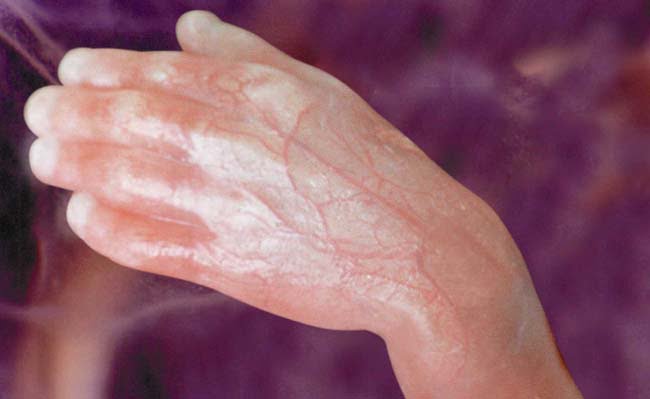Suction Aspiration

Photo Cred: Priests for Life
Suction aspiration is a surgical abortion procedure commonly performed before 12 weeks, but can be performed as late as 14 weeks. It is also referred to as suction curettage or vacuum aspiration. A local anesthetic is administered to the cervix. A long tube is inserted through the cervix into the uterus and connected to a strong suction apparatus. The baby and the placenta are torn to pieces and sucked out into a jar. Although the baby is extremely small, body parts are often easily identified.
Possible Side effects and Risks of Suction Aspiration:
- Cramping of the uterus or pelvic pain.
- A hole in the uterus (uterine perforation) or other damage to the uterus.
- Injury to the bowel or the bladder.
- A cut or torn cervix (cervical laceration).
- Incomplete removal of the unborn child, placenta, or contents of the uterus requiring an operation.
- Infection.
- Inability to get pregnant due to infection or complication from an operation.
- Hemorrhage (heavy bleeding).
- Emergency treatment for any of the above problems, including possible need to treat with an operation, medicines, or a blood transfusion.
- Rarely, death.

